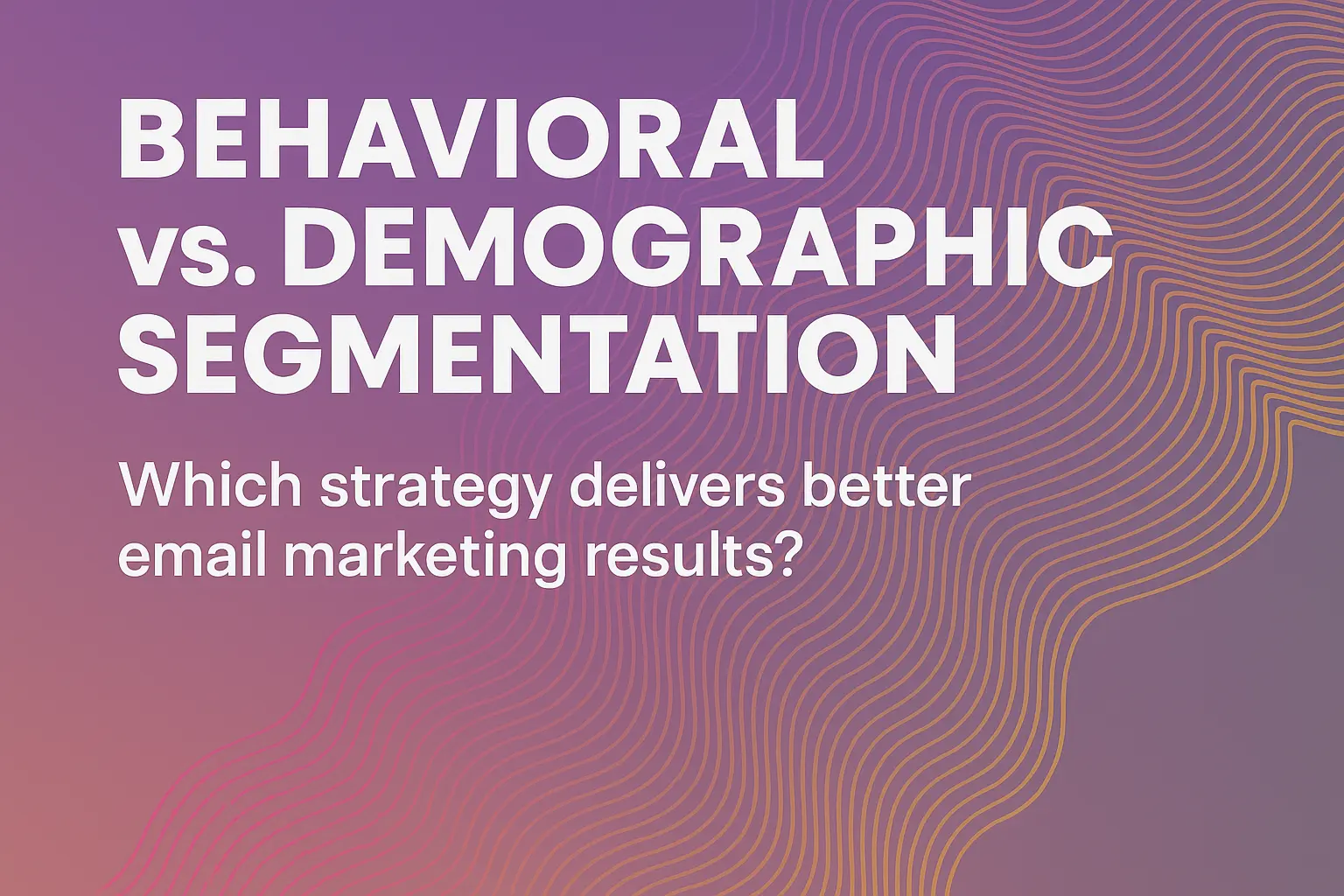

Email segmentation is the single most powerful lever for improving open and click-through rates. But not all segmentation is created equal.
In 2025, brands that embrace behavioral segmentation — based on actions, not assumptions — consistently outperform those relying on static demographics alone.
This approach divides your list based on fixed traits like:
While useful for high-level targeting, demographic segmentation doesn’t account for user intent or real-time behavior.
This method segments users based on how they actually interact with your brand, including:
Behavioral segmentation reflects interest, intent, and readiness — making it highly responsive and ROI-positive.
Scenario Demographic Segment Behavioral Segment
A 35-year-old customer viewed three products and abandoned their cart “Male, 30–40, Urban” High-intent cart abandoner”
Behavioral wins: it triggers a cart recovery email that converts.
All now offer event-based segmentation that updates in real time.
Use demographic data as a foundation, but layer behavior on top to send emails that match context, not just characteristics.